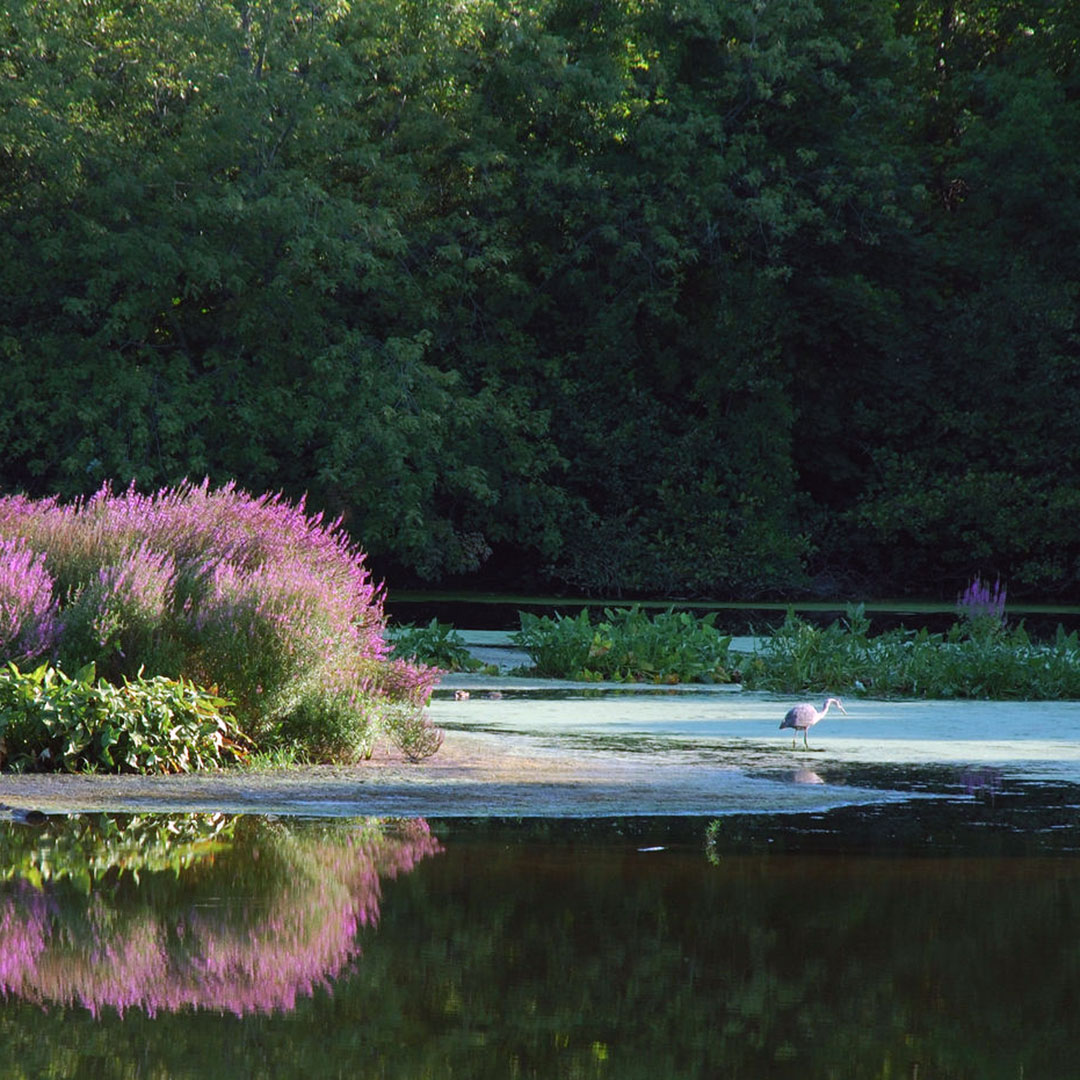Best Bird-Watching on Rhode Island
Bird-watching on Rhode Island is taking off with the locals, especially folks who live around the coastal regions, with Block Island ranking among the best spots. Its popularity makes a lot of sense, as hobbies go, as it is not expensive and is highly educational. Best of all, birds are abundant in the state year-round, although which individual species can be seen depends on the season.
More than 400 species of birds live in Rhode Island. Much of the best birding is along the coast, where you’ll see myriad waterfowl year-round and magnificent blue heron October-April. Peregrine falcons, hawks, and osprey regularly fly around marshes and estuaries, and in August-September you’ll see warblers and thrushes. A huge population of sparrows descends on coastal points during the fall. Owls are not easy to find, but they do live around the state.
For further information on specific species that live in Rhode Island, visit the website www.nenature.com/Birds.htm, which has detailed information and photos of hundreds of birds common to Rhode Island and the rest of the Northeast.

The Rhode Island chapter of the Audubon Society (12 Sanderson Rd., Smithfield, 401/949-5454) is also a useful resource. The society’s website has helpful links for birders, including a bimonthly newsletter and information on recent sightings downloadable from its website. At the society’s headquarters in Smithfield, the Hathaway Library houses a vast collection of books, publications, videos, and software related to birding in general and in Rhode Island specifically. You can also pick up books, tapes, and other birding materials at the two Audubon Society gift shops in the state, one at the headquarters and the other at the Audubon Environmental Education Center (1401 Hope St., Bristol, 401/245-7500).
The society owns or oversees about 9,500 acres of preserves throughout Rhode Island, several of them open to the public and excellent for bird-watching. Kimball Wildlife Sanctuary (off U.S. 1, adjacent to Burlingame State Park, Charlestown) is a 29-acre property with a 1.5-mile hiking trail through fields and forests. Another birding Valhalla is the Emilie Ruecker Wildlife Refuge (Seapowet Ave., just off Route 77, Tiverton), overlooking the Sakonnet River. The salt marshes here are a favorite spot for observing migrating birds during the fall and spring; there are blinds set up for watching and photographing the wildlife.
Another excellent spot is the Headwaters of the Queen’s River (Henry Bowman Rd., reached via New London Turnpike and Rte. 102), a remote woodland that connects Fisherville Brook Refuge (owned by the Rhode Island Audubon Society) to the state-administered Big River Management Area. Walking along trails here, you’re apt to see many kinds of forest interior birds, including hawks. Another excellent Nature Conservancy preserve for bird-watching is the Francis C. Carter Memorial Reserve (Route 112, Charlestown), a large coastal preserve frequented in summer by species that include eastern towhee, scarlet tanager, and prairie warbler. Contact the Rhode Island chapter of the Nature Conservancy (159 Waterman St., Providence, 401/331-7110) for directions to and descriptions of these and more than a dozen other pristine preserves around Rhode Island.
On Block Island, the Nature Conservancy works in partnership with several local organizations to preserve a huge section of the island from being developed—these preserves are among the state’s most exceptional venues for bird-watching.